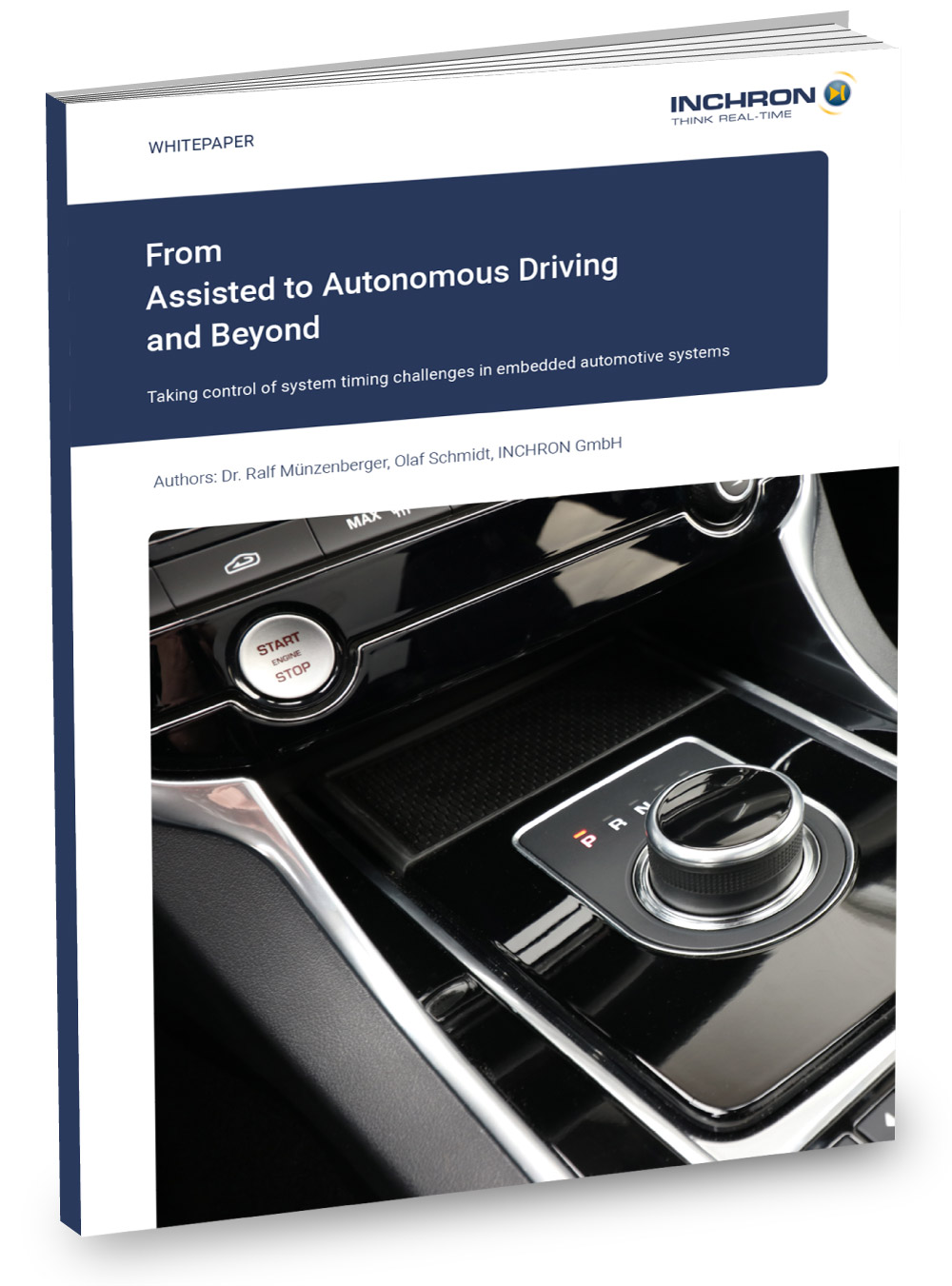Successfully moving from Assisted to Autonomous driving systems
It is fair to say the level 2 ADAS technology has proven a challenge for many automotive development teams. The issue is the level of complexity; not just of the hardware and software, but also the distributed development approach and its management. Development programs are increasingly being delayed by sporadic failures that emerge late during system integration.
An effect without a clear-cut cause is at best annoying, but it is such problems that frequently consume weeks to months of engineering resources. Such issues are often traced to timing problems caused by how processes are assigned to cores and task priorities are defined.
With domain controllers using ever more complex SoCs, relying on hypervisors, and executing code of mixed-criticality, it is essential that timing is addressed as early as possible. Experience shows that this is highly effective as the industry pushes forward into level 3 and beyond.


